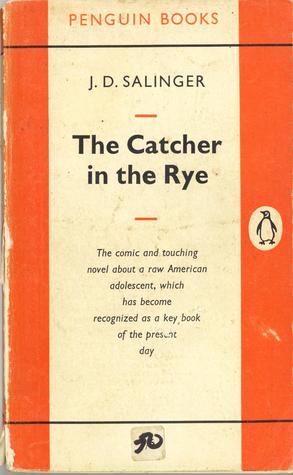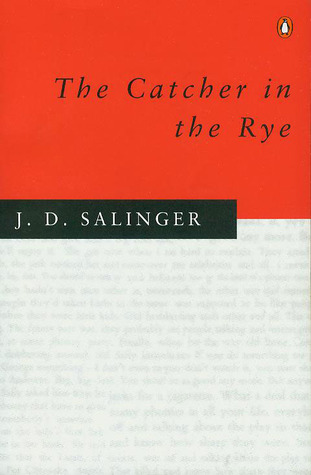J.D. Salinger’s The Catcher in the Rye is about a boy struggling to grow up in 1950’s New York. The novel is narrated by the 16-year-old protagonist, Holden Caulfield, from the bed of a mental hospital. It begins with his expulsion from an elite private school, the fourth such school from which he’s been expelled. After clashing with some schoolmates, Holden decides to leave school early and try to live on his own in Manhattan, but he battles the pull into adulthood. A key theme in this novel is the loss of innocence that happens in the process of growing up. According to Holden, children are innocent and authentic, but adults are “phonies” and Holden hates phonies. While this mindset allows Holden to raise himself above his peers and feel better about his isolation, it damages his attempts at connection when he feels the pull of inevitable loneliness. Reaching out to strangers, an ex, and a prostitute all backfire, leaving him alone and angry at adulthood once again. It was first published in 1951 by Little, Brown & Company and has been republished by both Penguin and Bantam.
The Catcher in the Rye is frequently incorporated into classroom curriculums because of its relevance to high school students, but has had its place in the classroom repeatedly challenged. The first recorded challenge took place in 1960, when an Oklahoma teacher was fired for teaching the book to her 11th grade students. Although she successfully appealed her dismissal, the book was removed from the school. Since then, dozens of challenges have taken place for various reasons, usually brought by parents in the community. Between 1986 and 2000, at least nine different attempts to remove The Catcher in the Rye from schools were based on the novel’s use of profanity and sexual references. Three of these attempts (Wyoming in 1986, North Dakota in 1987, and 1989 in California) were successful in getting the book removed. Another commonly cited reason is the novel’s use of vulgar and obscene language, as well as statements defamatory to God. Other, less common reasons for challenging the novel include accusations that the book is anti-white, immoral, and/or violent. Shelley Keller-Gage, an English teacher at Boron High School where the book was removed (California 1989), had a message for the Boron townspeople, in a way highlighting the irony in their dislike for the protagonist: “[They] are being just like Holden…They are trying to be catchers in the rye.”
Salinger has never responded to these banning attempts, and published little else besides The Catcher in the Rye, stating in 1962: “There is a marvelous peace in not publishing. It’s peaceful. Still. Publishing is a terrible invasion of my privacy. I like to write. I love to write. But I write just for myself and my own pleasure.” The little he did publish after Catcher did not spark similar controversy.
About J.D. Salinger
Jerome David (J.D.) Salinger was one of the most influential writers of the 20th century. Born in New York, 1919, his path to a literary career was anything but straight. After failing out of a college preparatory school, Salinger was sent to military school. Upon returning, he attended New York University for one year, then went to Europe, then returned to school at Ursinus College, and then finally Columbia University. It was at Columbia where his writing career really began, after meeting Whit Burnett, professor and editor of a short story magazine. Salinger began publishing short stories before he was drafted to help with WWII efforts. Overseas, he began his narrative of the deeply unsatisfied Holden Caulfield, but upon returning home, Salinger was hospitalized after having a nervous breakdown. Five years after that, The Catcher in the Rye was published. Despite the massive impact of that novel, Salinger led a fairly quite life after its publication, publishing a few more short stories until 1965. Salinger died in New Hampshire, 2010.





